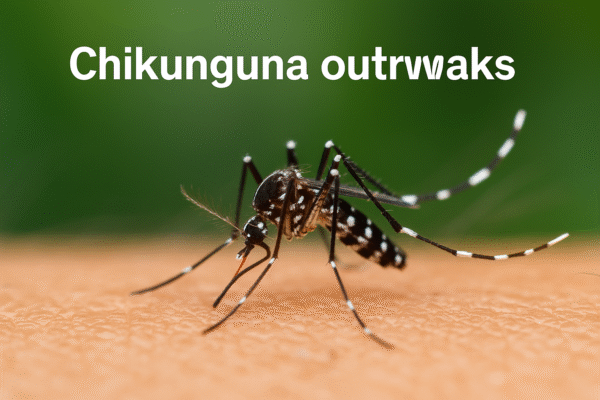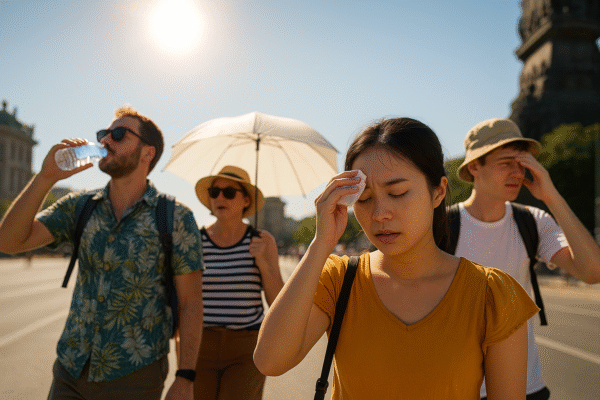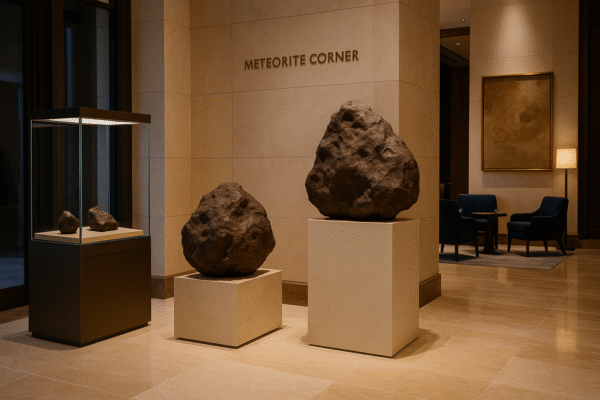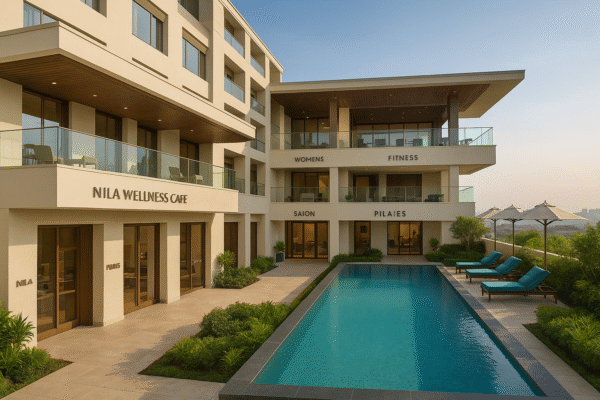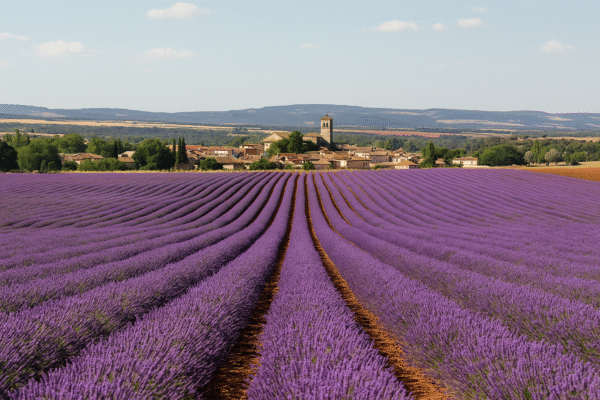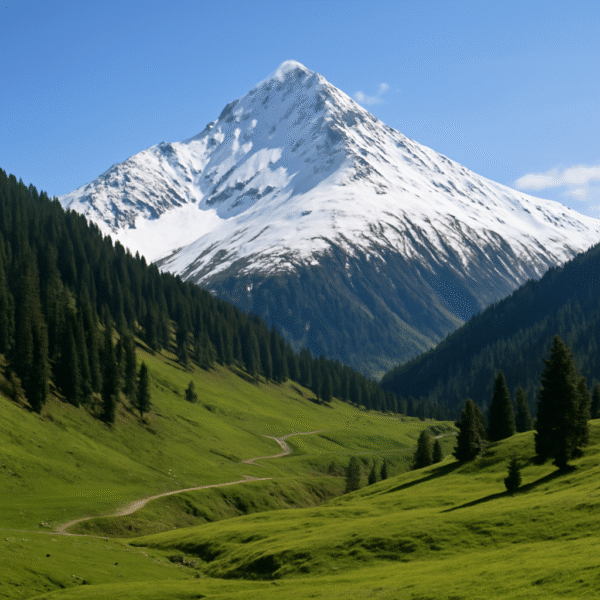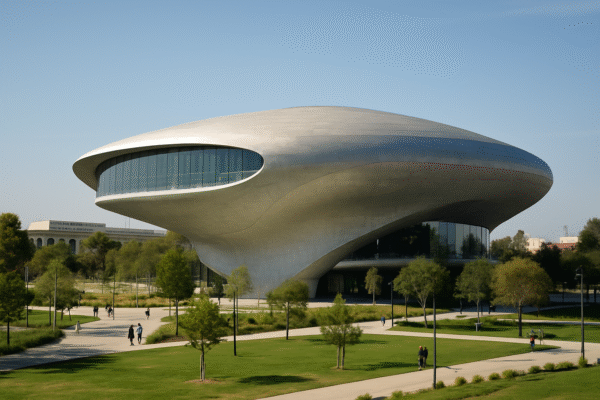The charming Spanish town of Brihuega in Castilla-La Mancha has become a global tourism sensation thanks to its vibrant summer lavender bloom. Spanning over 1,000 hectares, the lavender fields of Brihuega turn deep purple each July, attracting over 100,000 visitors annually. Once a quiet agricultural community, Brihuega has evolved into a bustling seasonal destination, drawing photographers, nature lovers, and Instagrammers from around the world. But with fame comes growing pains.
Lavender Fields Draw Worldwide Attention
Brihuega’s lavender boom began gaining traction a decade ago when the town capitalized on its stunning landscapes through promotion by regional tourism authorities and social media virality. Visitors now pour in every July to witness the fragrant purple fields in full bloom, helping generate an estimated €8 million annually for the local economy. Mayor Luis Viejo credits the surge with reversing population decline—the village has seen a 24% increase in residents over the last 10 years.
Tourists also come to explore Brihuega’s medieval town center, visit its castle, and enjoy artisanal goods like lavender soap, oil, and honey. Boutique shops, local restaurants, and family-run accommodations thrive during the bloom period. Lavender season has undoubtedly revitalized the town’s economy and placed it firmly on Spain’s tourism map.
Overcrowding and Infrastructure Strain
Despite the economic benefits, the influx of tourists is testing Brihuega’s limits. With under 3,000 residents, the town’s infrastructure was never designed to accommodate such surges. On peak weekends, the town’s narrow streets become congested with cars and tour buses. Parking shortages have left visitors to walk long distances, and locals report difficulty going about daily life.
Mayor Viejo has urged tourists to plan midweek visits—from Monday to Thursday—to reduce weekend strain. “We collapsed one Saturday,” he remarked, referencing a chaotic day when the town was overwhelmed by vehicles and visitors. His message is echoed by residents who enjoy sharing their town but seek balance between tourism and livability.
Seasonal Tourism: Boon and Vulnerability
The lavender bloom’s success has made Brihuega economically dependent on a single season. While July brings business windfalls, the rest of the year sees a drop in visitor activity. This seasonality makes the local economy vulnerable to disruptions such as weather anomalies, transportation issues, or even global crises like pandemics.
The town’s leaders understand the need to diversify. The surrounding hills, blanketed with vibrant red sumac trees in autumn, present a compelling case for expanded seasonal tourism. The town is now promoting fall travel, aiming to attract visitors in October and November. By extending the tourism calendar, Brihuega can ease summer pressure while maintaining economic stability.
Implementing Sustainable Tourism Solutions
Brihuega’s municipal government has begun introducing sustainable tourism practices to address the challenges. A park-and-ride system is being developed to relocate parking away from the historic center. Visitors will park in designated lots outside town and take shuttle buses to the lavender fields and town square. This initiative hopes to relieve congestion and preserve the town’s charm.
Furthermore, the tourism board is promoting lesser-known attractions like the 18th-century Royal Cloth Factory and the hilltop ruins of Castillo de Brihuega. Local guides are offering history and ecology tours, adding depth to the visitor experience and dispersing foot traffic more evenly.
Eco-conscious practices are also gaining momentum. Farmers are encouraged to use sustainable lavender harvesting methods. Restaurants and hotels are adopting green policies, such as reducing plastic usage and sourcing local ingredients. Together, these efforts are laying the foundation for a more sustainable model of rural tourism.
Tourism as a Tool Against Rural Depopulation
Brihuega’s transformation is part of a broader trend in Spain’s interior: using tourism to fight rural depopulation. Government initiatives like the “Plan de Recuperación, Transformación y Resiliencia” (PRTR) prioritize digitalization, infrastructure improvement, and tourism promotion in rural regions. Brihuega has benefited from such policies, receiving support for heritage restoration and infrastructure upgrades.
Young entrepreneurs are also returning, drawn by opportunities in hospitality, retail, and agriculture. Lavender-themed businesses—cafés, B&Bs, craft shops—are helping rebuild the local economy from the ground up. This demographic revitalization is vital for preserving Spain’s rural identity and cultural landscapes.
Visitor Tips and Responsible Travel
Tourists planning to visit Brihuega during the lavender bloom should aim for midweek dates, use public transportation or shuttle options, and book accommodations early. Supporting local businesses, respecting farmland boundaries, and following sustainable travel guidelines will help preserve the magic of Brihuega for future generations.
The town also hosts an annual Lavender Festival in July, featuring live music, night tours, and open-air markets. It’s a highlight of the region’s summer calendar but best enjoyed with planning and respect for local customs.
Conclusion
Brihuega’s lavender fields are more than a seasonal spectacle—they are a symbol of rural renewal and community resilience. As the town navigates the challenges of overcrowding and infrastructure stress, its commitment to sustainable tourism offers a blueprint for other small destinations worldwide. With thoughtful planning, continued investment, and visitor cooperation, Brihuega can continue to flourish—in bloom and beyond.
For more travel news like this, keep reading Global Travel Wire





